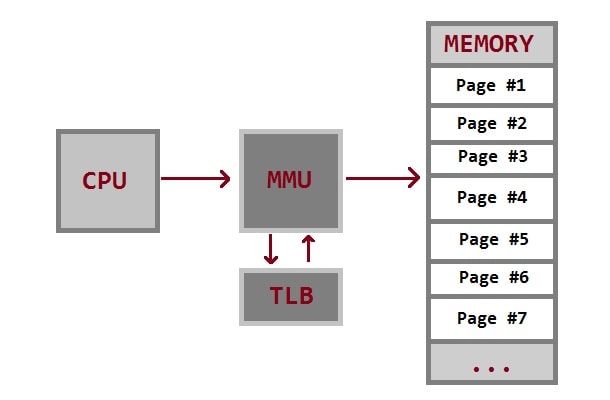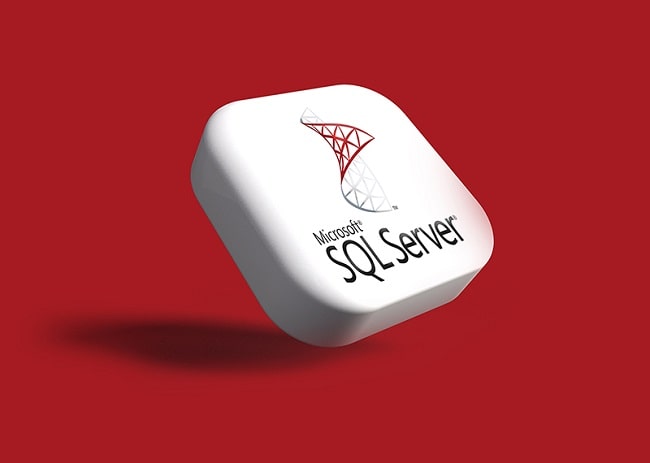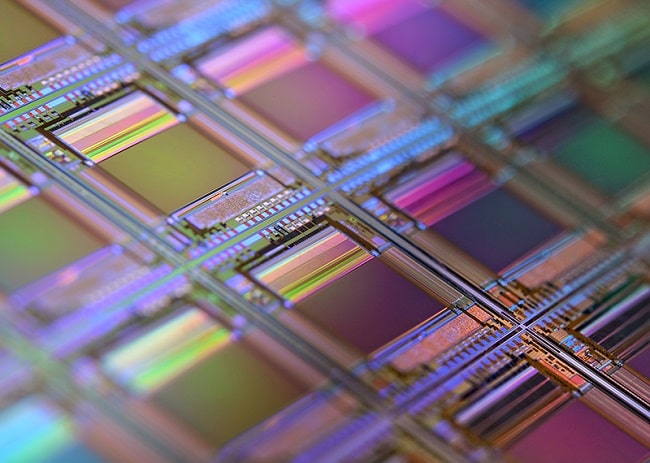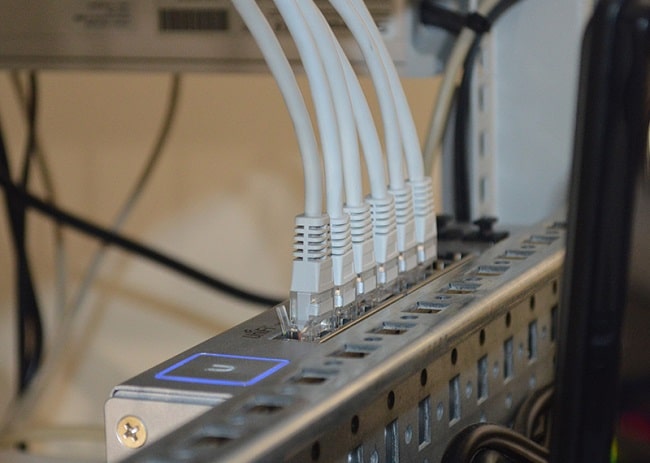Memory Management:
Memory Management is the functionality of an operating system that handles or manages the primary memory and disk during execution. Main memory is also known as RAM. The computer can change only data that is the main memory. Therefore, every program we execute and every file we access must be copied from a storage device into the remaining memory.

In some computers, users can access hard disks as an extension of the main memory, known as virtual memory without being aware of the distinction between the two levels of storage. Users can then freely employ much greater memory space than is available in the main memory. this is achieved by treating the memory addresses of the hard disks as consecutive tension of the memory addresses of the main memory. this called virtual memory is managed by the operating system.
Note: For fast and reliable processing of a large number of programs, the operating system must constantly shuffle the program segments, among all such types of memories.
An operating system manages the memory of a computer so that it can be used efficiently. The tasks of OS along these lines are:
• Protecting programs including itself (operating system) from accidental erasure from memory.
• Handling programs that exceed the physical limitations of the main memory.
• Protecting users and programs from one other, i.e sharing of the single main memory among multiple programs and different users.
• Providing memory protection, i.e. preventing programs from interfering with one other. Also, users would be prevented from interfering with the work of other users.
In memory management, CPU (Central Processing Unit), MMU (Memory Management Unit), and TLB (Translation Lookaside Buffer) are fundamental concepts in computer architecture and operating systems. Let's explore each of these concepts:
MMU:
Memory management Unit (MMU) is a hardware component located between the CPU and main memory. Some modern CPUs contain on-chip MMU. Other CPUs which do not contain on-chip MMU use external MMU. The operating system can do the tasks which the MMU performs, but the operating system will not get time for its others tasks. Therefore, the Memory Management Unit (MMU) reduces the burden on the operating system.
TLB:
A translation look-aside buffer (TLB) is a memory cache that stores the recent translations of virtual memory to physical memory. It is used to reduce the time taken to access a user's memory location. It can be called an address-translation cache. It is a part of the chip's memory-management unit (MMU). A TLB may reside between the CPU and the CPU cache, between the CPU cache and the main memory, or between the different levels of the multi-level cache. The majority of desktop, laptop, and server processors include one or more TLBs in the memory-management hardware, and it is nearly always present in any processor that utilizes paged or segmented virtual memory.
CPU:
Central Processing Unit (CPU) is the main information processor in a digital processor in digital computer capable of executing a program. It interprets computer program instructions and processes data. In terms of computing power, the CPU is the most important element of a computer system. The two major sections of a CPU are:
- Arithmetic Logic Unit (ALU)
- Control Unit (CU)
Note: These components work together to manage the memory hierarchy efficiently, allowing programs to run in a virtualized environment while ensuring proper access control and performance optimization.
Category: Hardware
on: 09 Dec 2021
on: 10 Apr 2022
Featured posts
You may like these posts.
DBMS - Types of DBMSes with Advantages & Disadvantages:
A Database is a collection of related data organized in a way that data can be easily accessed, managed and updated. Database can be software or hardware based.

Cache Memory - Types & Levels of Cache Memory:
A CPU cache is a cache memory used by the CPU of a computer to reduce the average time to access main memory. The Cache is a smaller & faster memory.

Types of Network Topology with Advantages & Disadvantages:
Network Topology is the schematic description of a network arrangement, connecting various nodes (sender and receiver) through lines of connection.
What's Next?
We've now entered the finance section on this platform, where you can enhance your financial literacy.